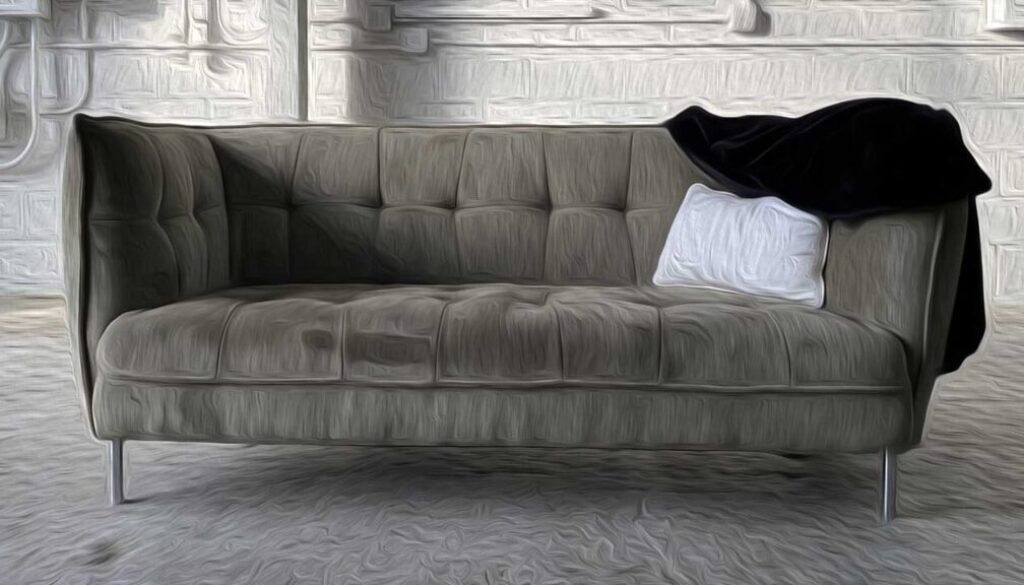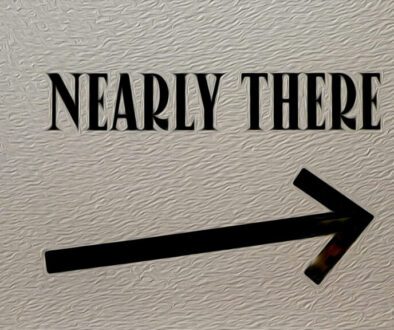When’s the last time you bought a couch? How was the experience? If it was anything like mine, I walked into the store, looked around, sat on a few to figure out what was comfortable, pretended to be nice to the salesperson that hovered in the background, then went on to the next one. Repeat. Repeat. It was no different from the last time I went looking for a couch. The stores hadn’t changed (except, unfortunately, for the prices), even if styles had.
Here’s the thing that struck me: When you take out the window dressing and different price points, there’s no difference between any of the stores I visited. And even when I look at the popular online furniture stores, it’s exactly the same thing. I’m basically looking through a catalog and hoping that if I order something the quality will match the beautiful photos. There’s curation, but not exactly a method that helps me fit my needs.
What of these experiences inspire loyalty?
Maybe price. But differentiation based on price is a losing battle. Anyone with deeper pockets can undercut you with a loss leader and margins become thinner and thinner. That’s a losing battle.
Perhaps location. In particular, furniture stores (or nearly any store) that clusters with other similar retailers has shown that the rising tide lifts all boats, even if there’s competition. That’s why so many cities have their version of the “auto mile.”
Incentive or loyalty programs work on lower ticket items like groceries or the frozen yogurt outlet. If you’re talking higher-priced, occasional purchases, the loyalty card just doesn’t carry as much weight, especially if it’s a year or more between purchases.
So what can the average furniture store do to make themselves stand out, to be truly different? The top solution that comes to mind for me is service. This isn’t about the hovering salesperson. It’s a mix of people and technology. It could be kiosks with questions about their needs, like color, material, and size that guide a shopper to the right part of the store. It could be about having a designer on hand to suggest alternatives to what the shopper has in mind. It could be transparency about pricing, availability, time of delivery, and customization options.
So let’s apply this metaphor to your own business. Where are you competing and where is your so-called competition leaving you in the dust?
Think about how you make yourself different, more interesting, more exciting so the game isn’t about competing. It’s about changing the rules of the game—before the springs pop out of the cushions.
Want to start a conversation about how to differentiate yourself? Reach out to us at North Then West.



